Fake for Real: A History of Forgery and Falsification
A touring exhibition of the House of European History, Brussels
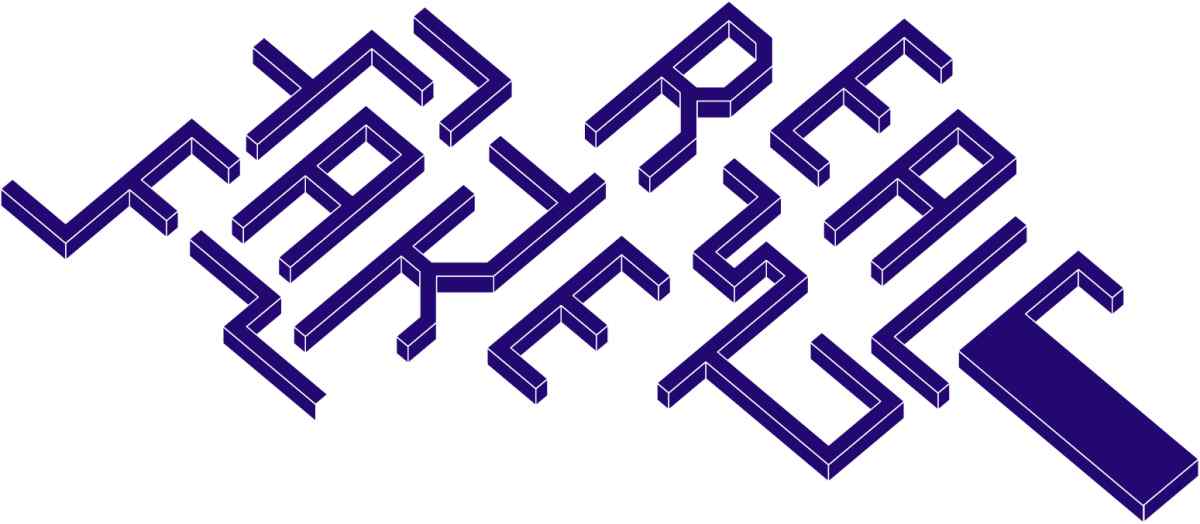
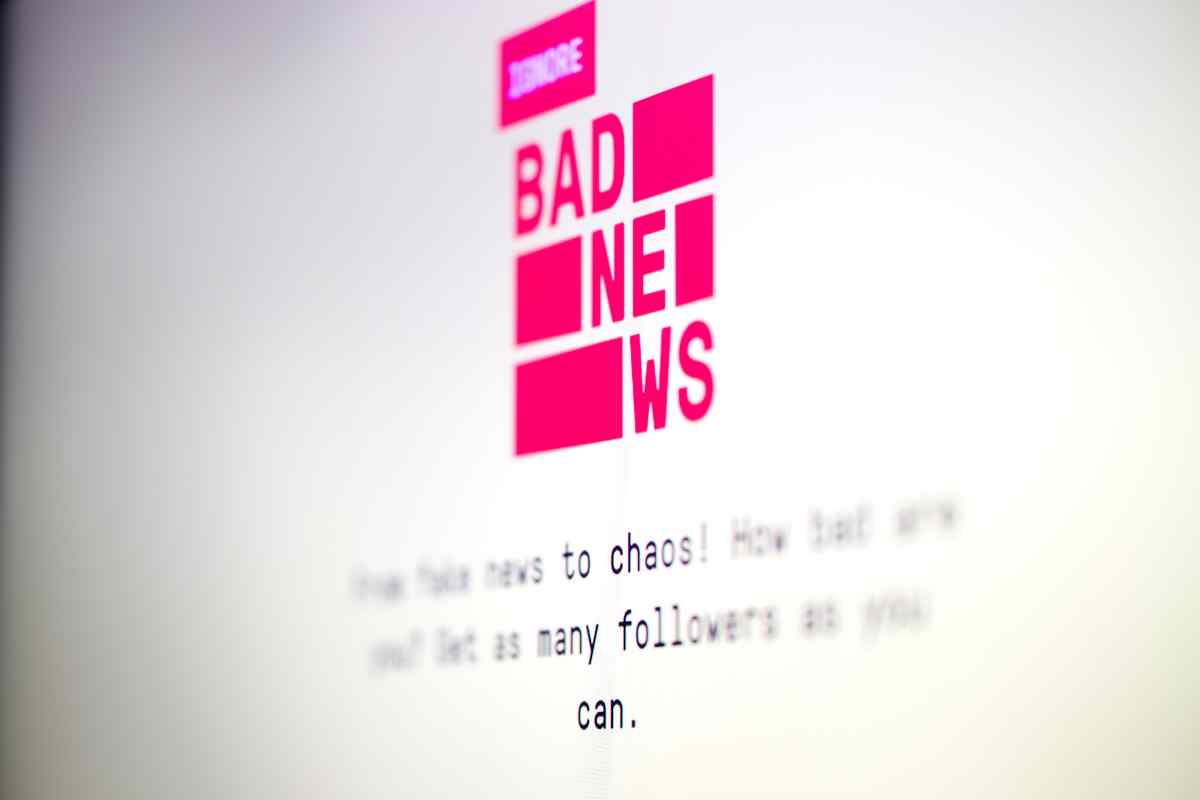
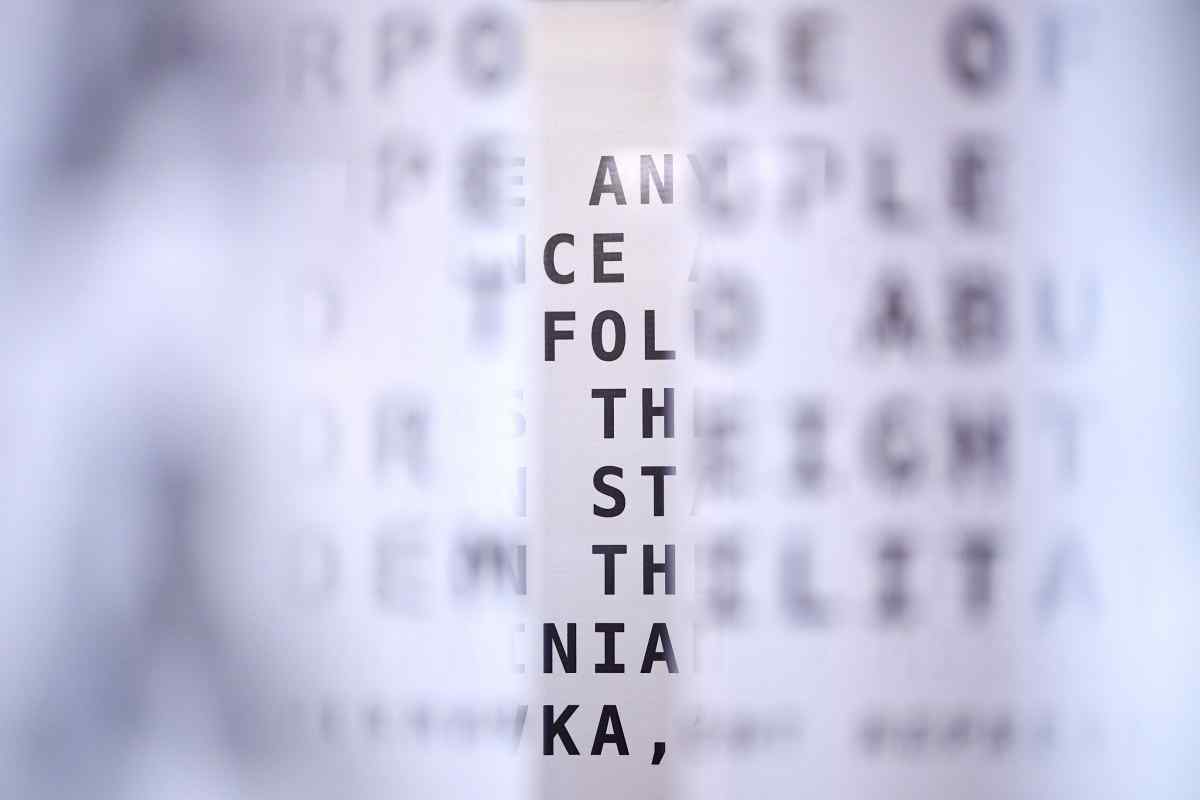
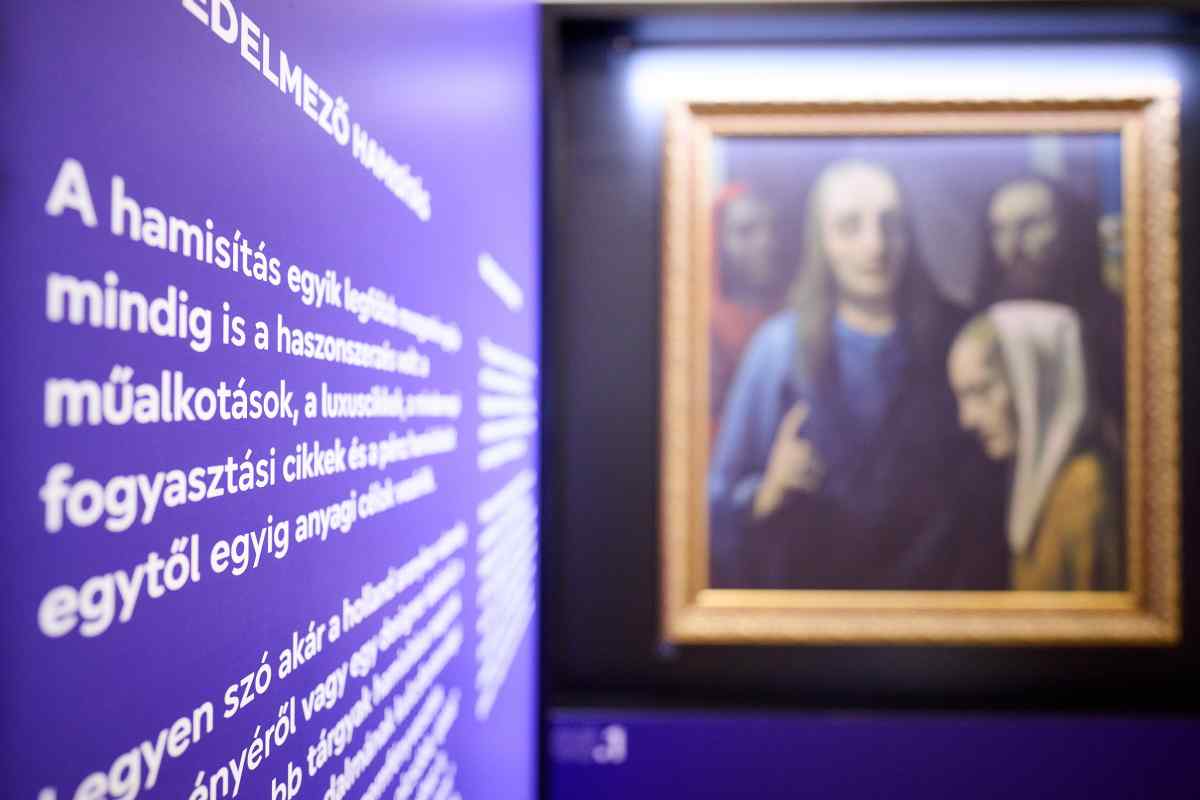
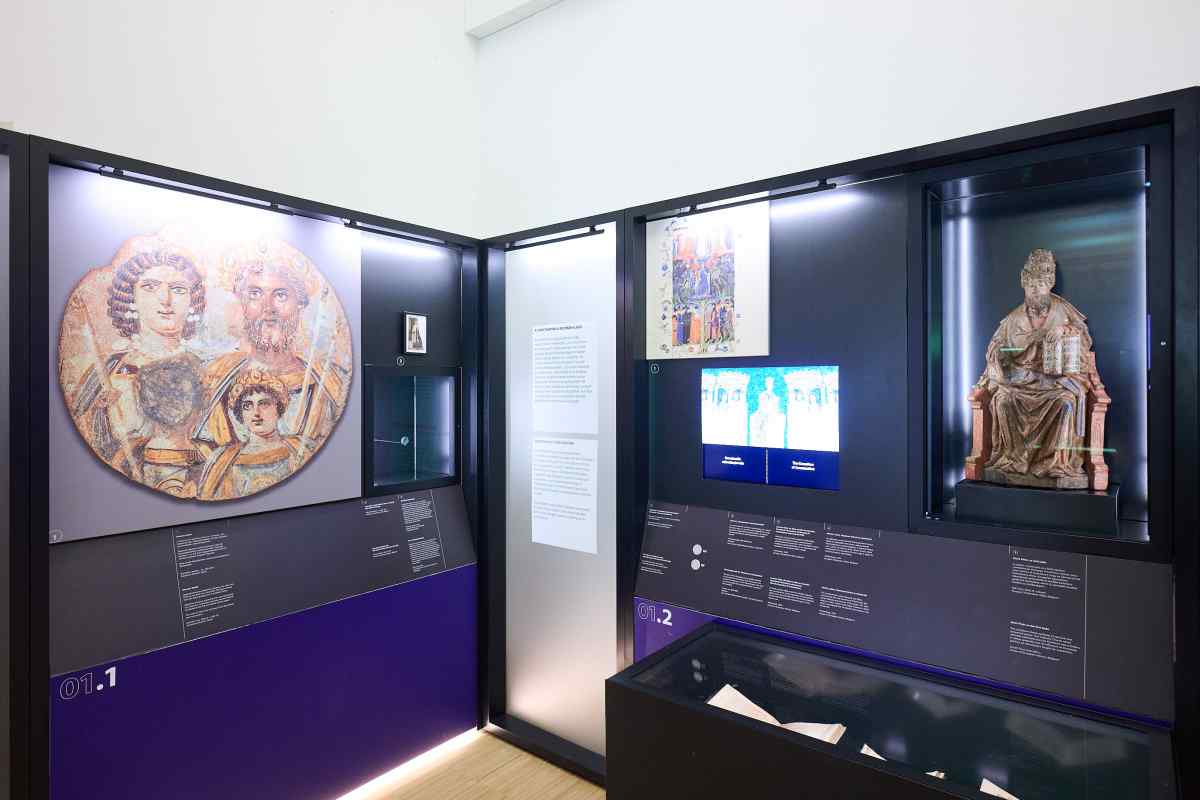
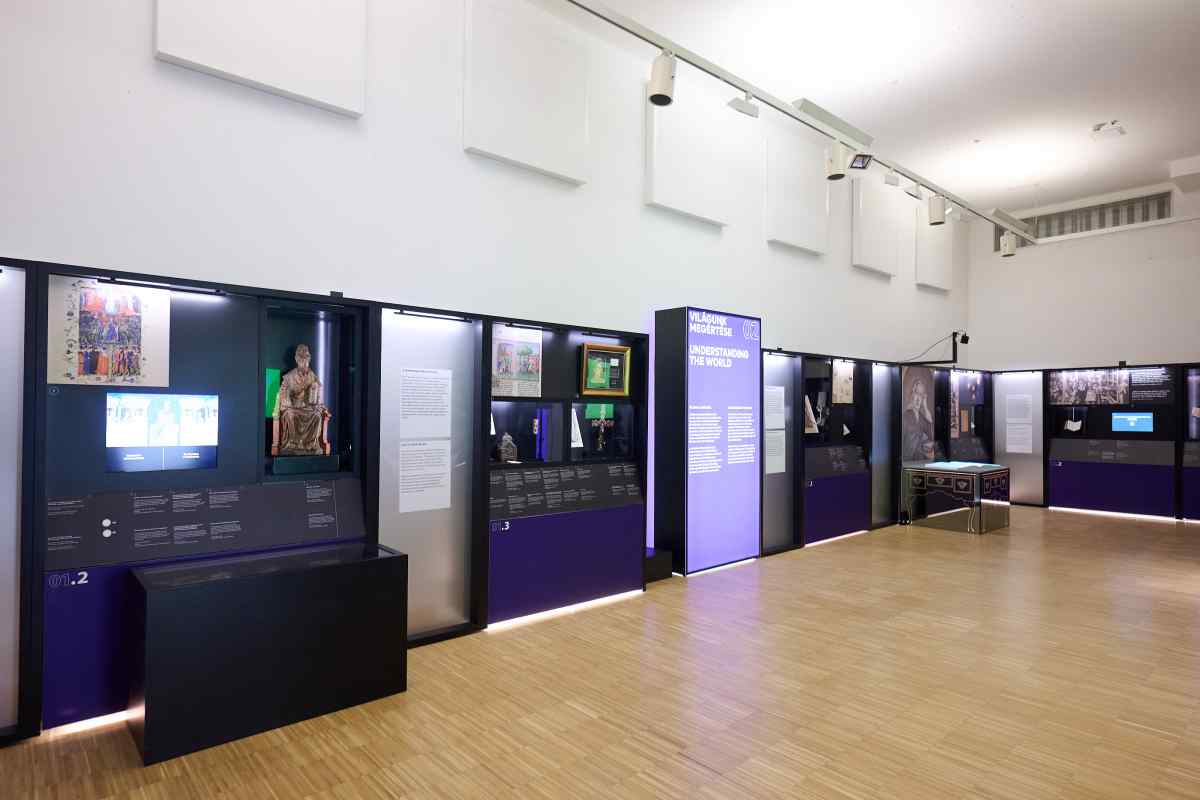

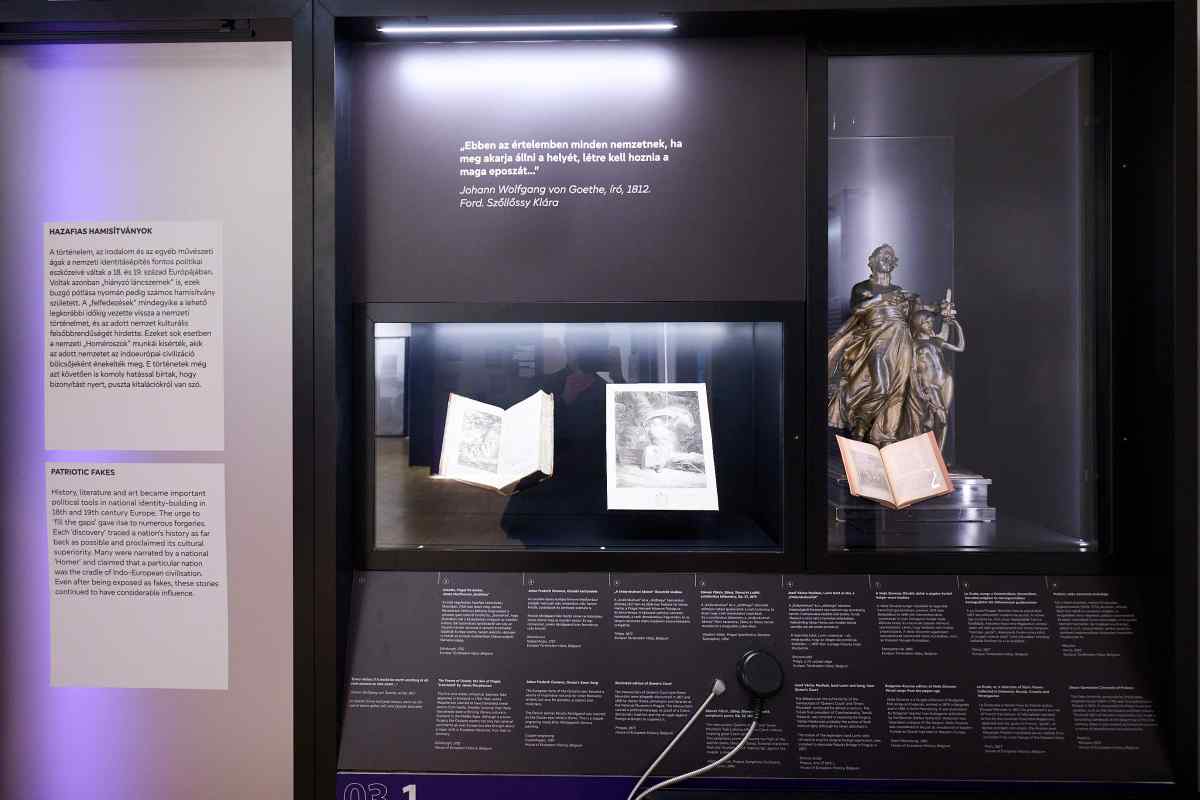

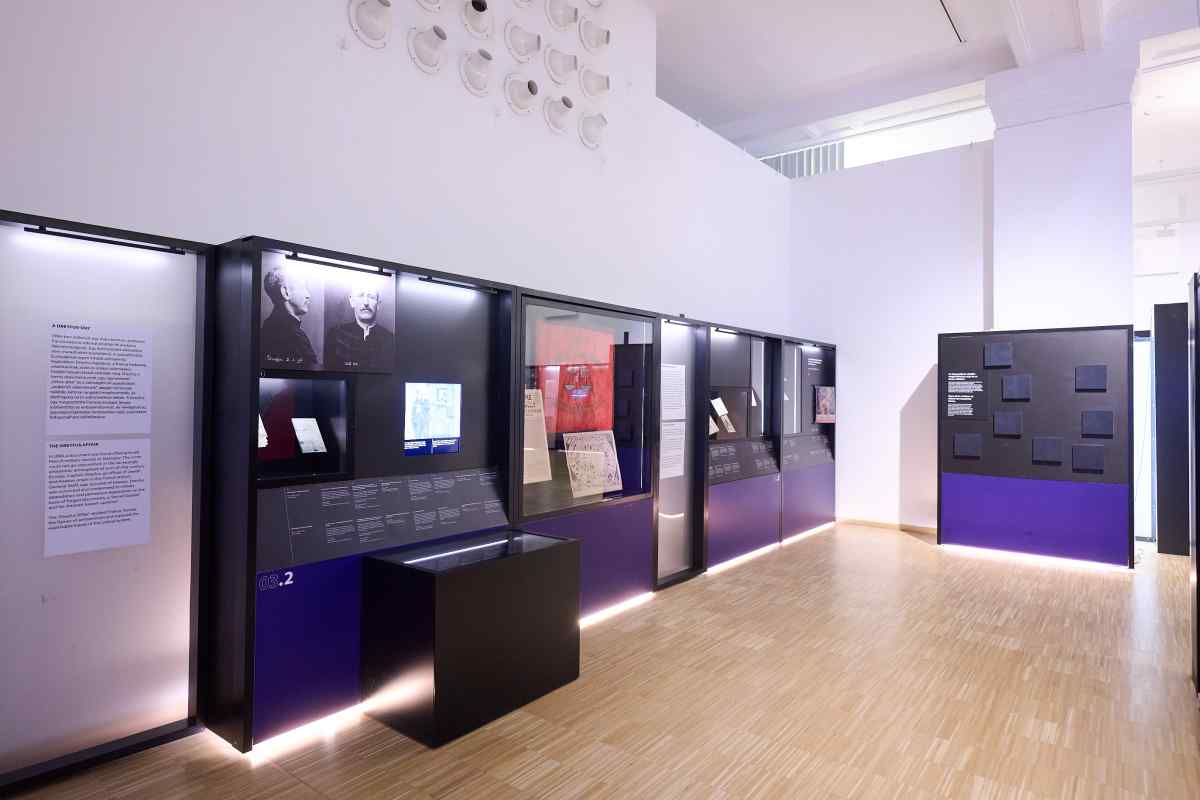


Az utazó kiállítás projektmenedzsere / Touring exhibition project manager: Raluca NEAMU
According to myth, the ancient Greeks used a wooden horse to deceive their enemies and breach the walls of Troy. Throughout the centuries—in war, politics, the economy, and other spheres of human activity—forgery and deceit have been used to advance their creators’ goals. Diligently crafted, these complex falsifications hide the facts in a maze of half-truths and complete fabrications. To get to the truth, one needs to follow the thread to the labyrinth’s core, discovering and exposing every lie or forgery on the way.
The exhibition Fake for Real: A History of Forgery and Falsification explored these themes for more than a year at the House of European History in Brussels. This exhibition went on tour, and, with its third stop in Budapest at the Blinken OSA Archivum, it presents falsifications throughout European history, and offers a theatrical journey through the motives, impact, and exposure of fakes. While uncovering the fascinating world of forgery, fakes, and falsehoods, visitors will be swept along a dramatic narrative spanning from antiquity to the present day. Fake for Real describes the specific historical circumstances that explain their appearance, the interests and motives behind them, the impact they had, and how they were ultimately debunked. Set across six themes and a chronological timeline, the exhibition offers a rich display of more than 100 artefacts originating from all over Europe. Each tells a compelling story of deceit; from the erased records of the Roman emperors, manipulated biographies of medieval saints, stories of travel that never happened, to a fake army used by the Allies in WWII. They also include documents of critical importance in our history, such as the Donation of Constantine and the letters used to accuse Dreyfus. The final part of the exhibition, The Era of Post-Truth?, is an interactive space with games and videos, where visitors can become “fact-checkers,” decide what to publish and what to censor. They can also play with an innovative “filter bubble” to explore how social media works, illustrating how emotions and personal beliefs can impact how we want to understand the world, or deliberately misrepresent it. According to myth, the ancient Greeks used a wooden horse to deceive their enemies and breach the walls of Troy. Throughout the centuries—in war, politics, the economy and other spheres of human activity—forgery and deceit have been used to advance their creators’ goals. Diligently crafted, these complex falsifications hide the facts in a maze of half-truths and complete fabrications. To get to the truth, one needs to follow the thread to the labyrinth’s core, discovering and exposing every lie or forgery on the way.
Based on Fake for Real: A History of Forgery and Falsification temporary exhibition, between October 2020 and January 2022.